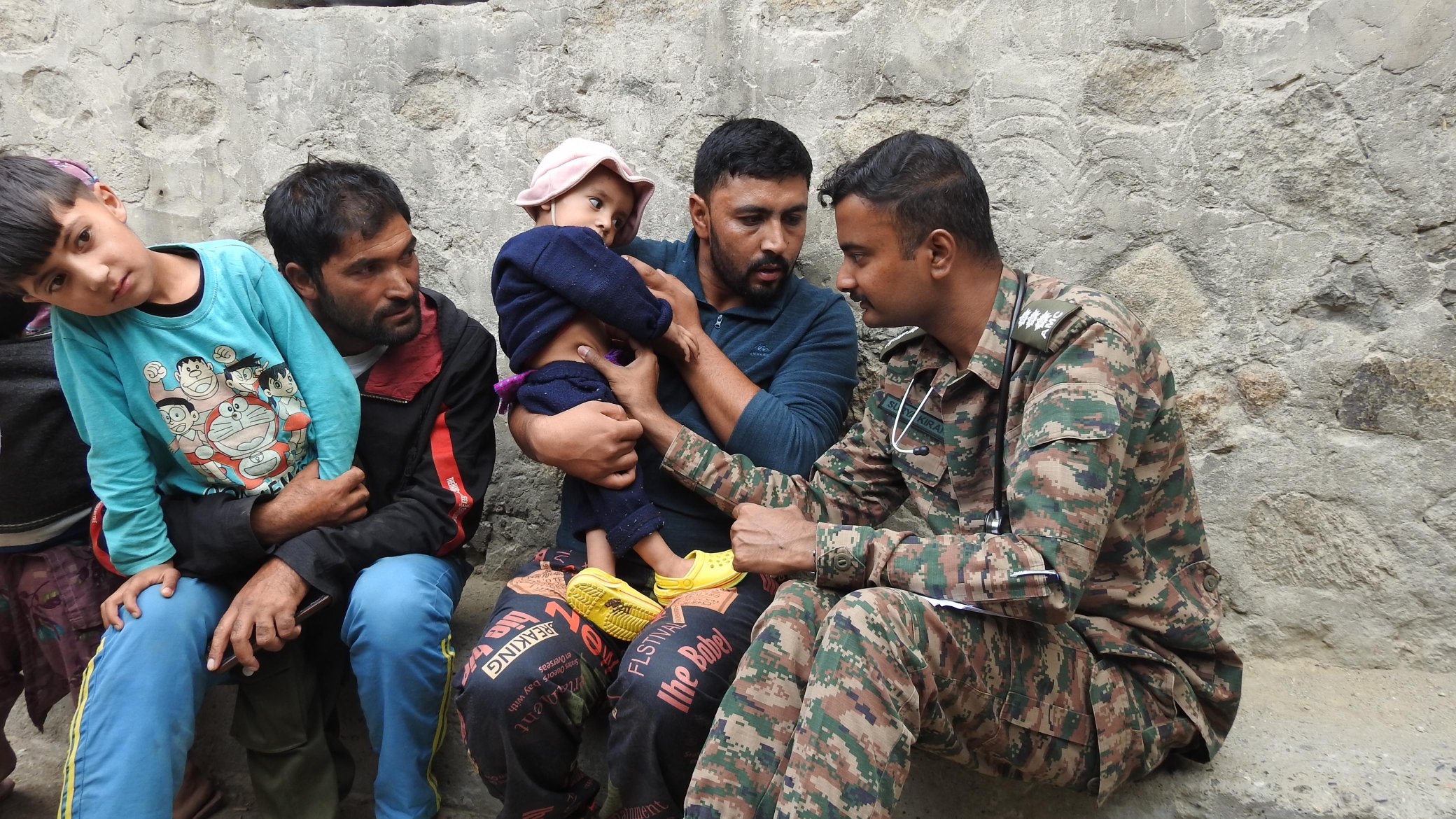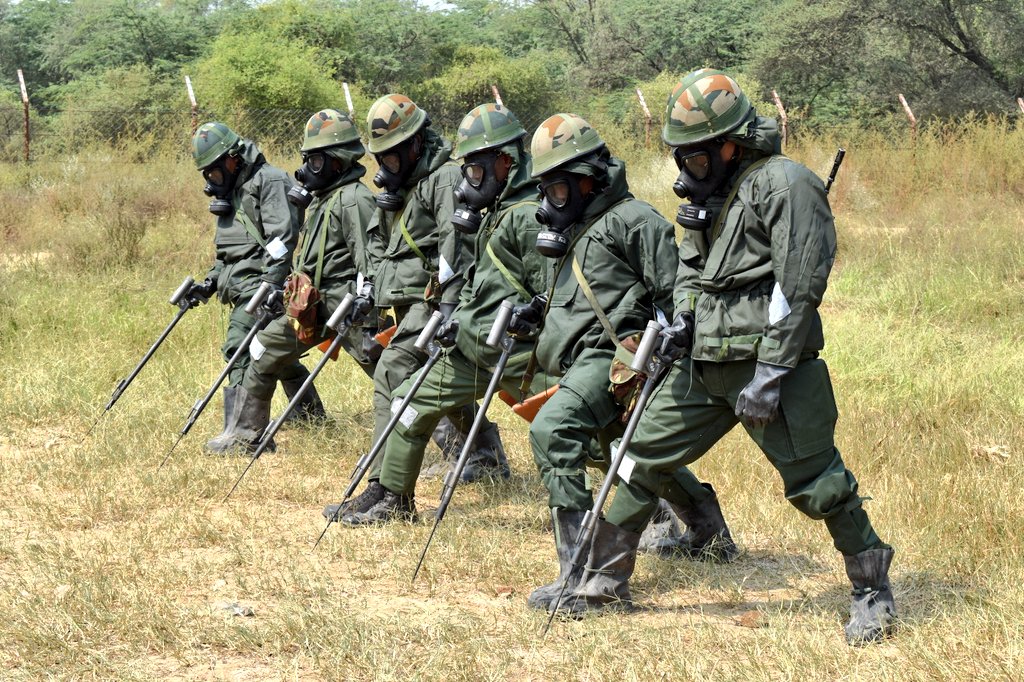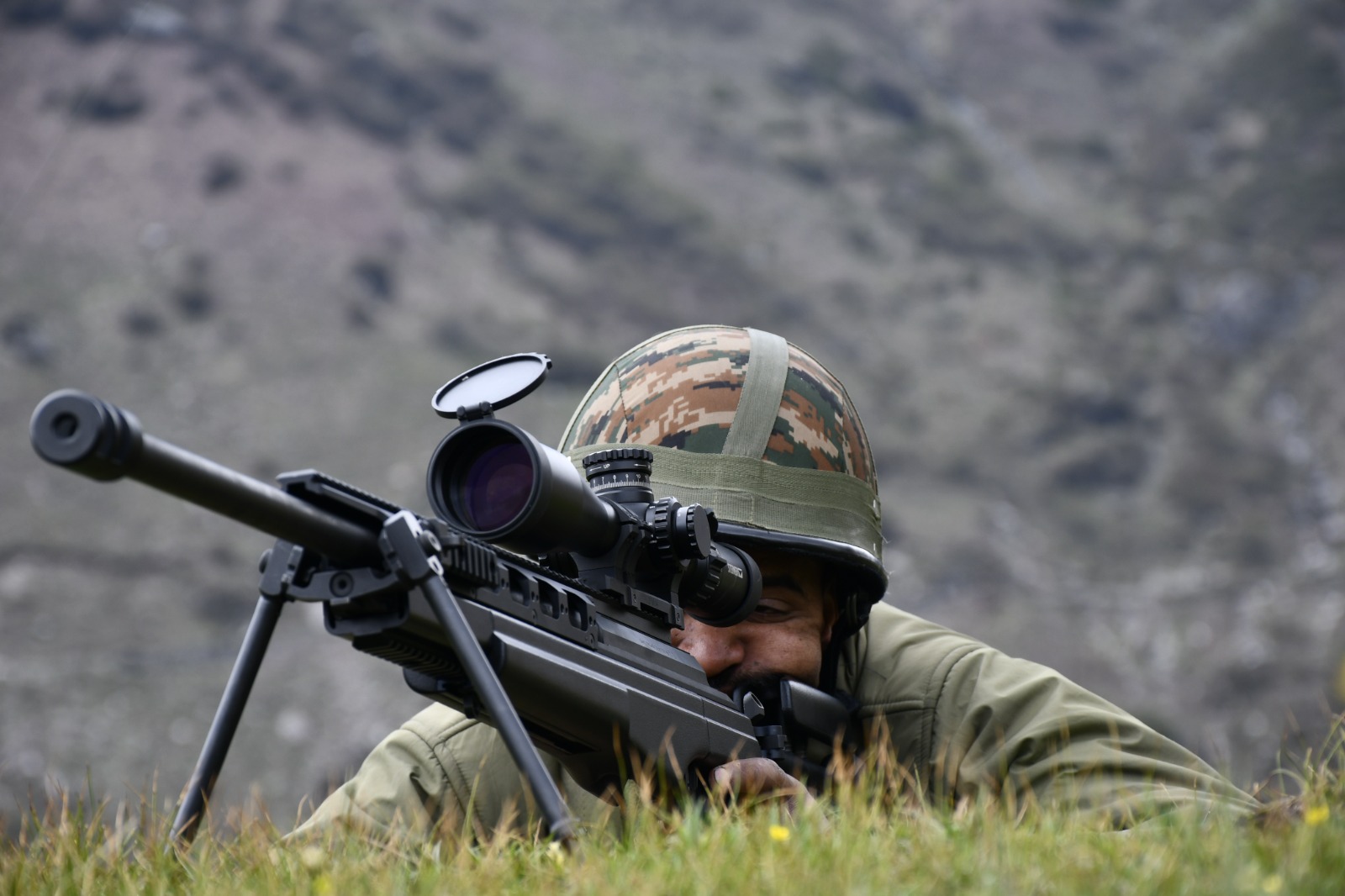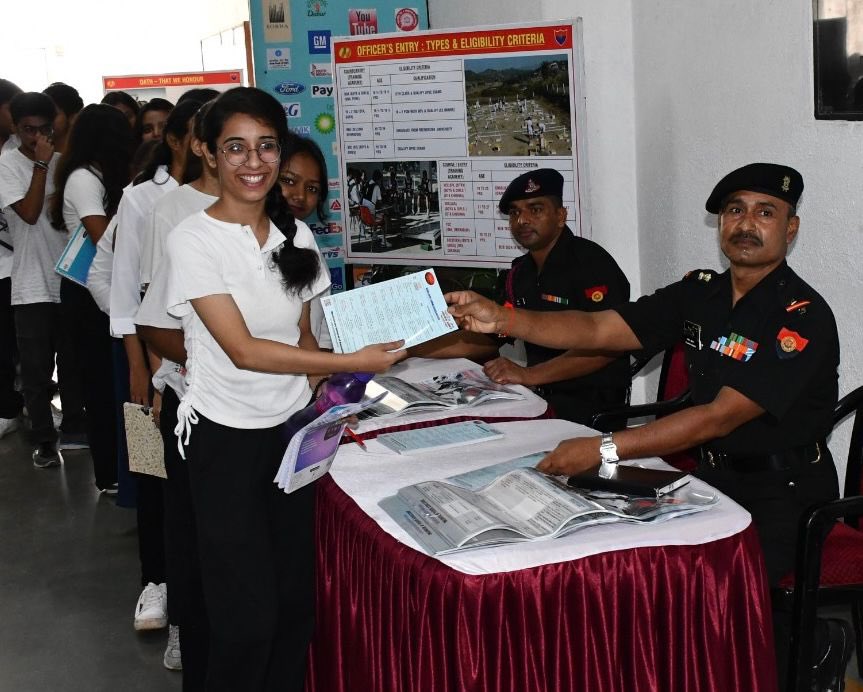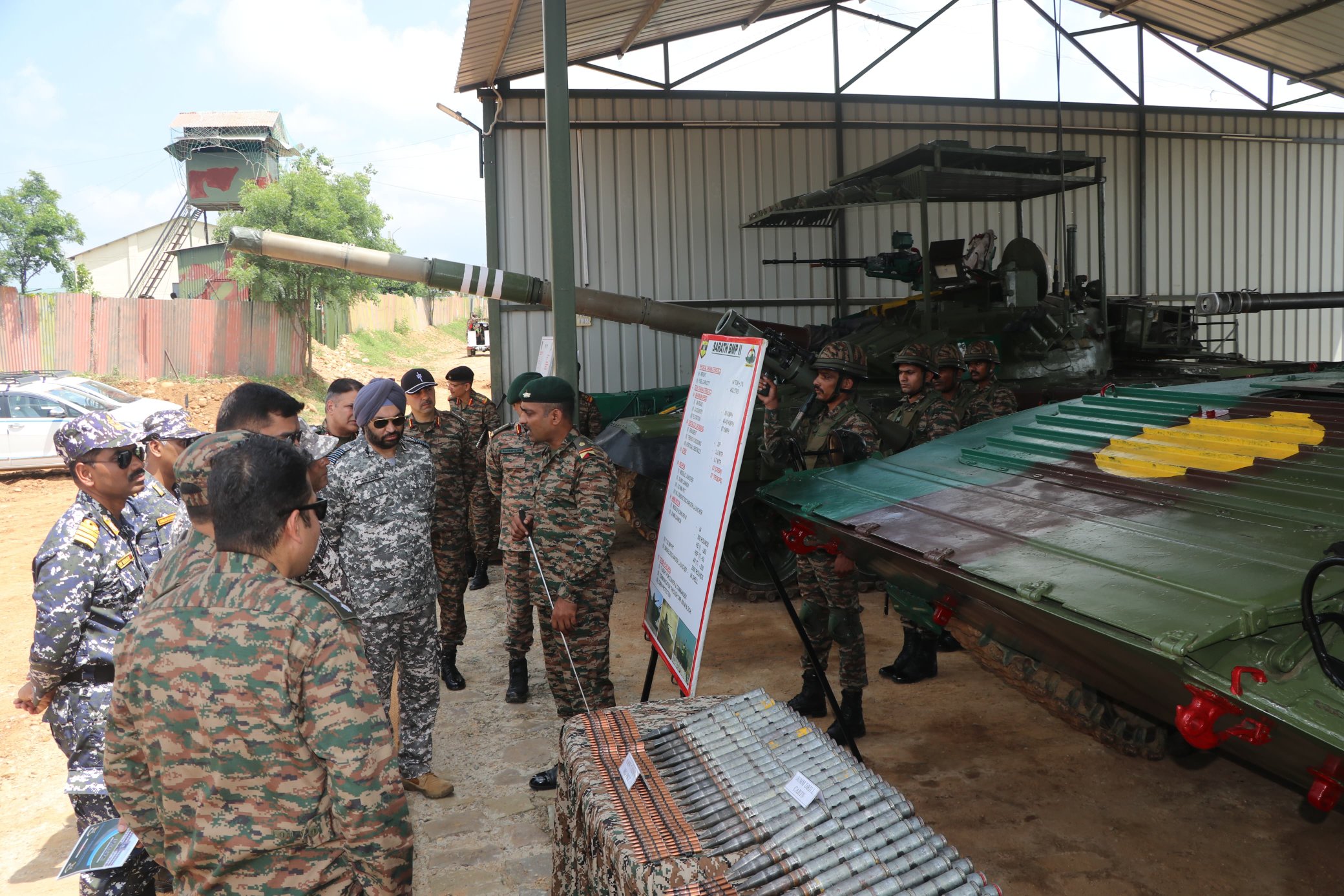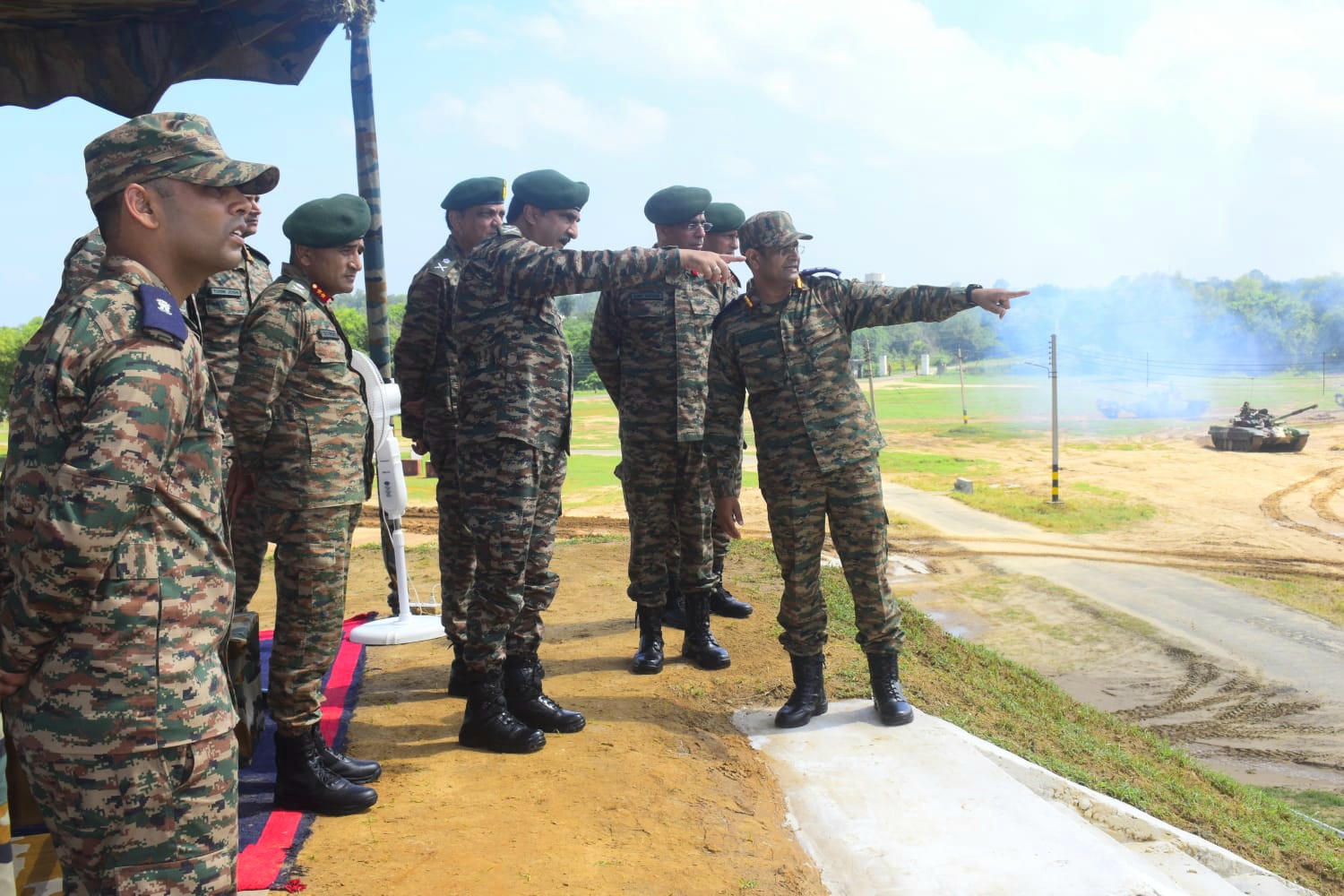Tiger Hill Brigade Conducts Door-to-Door Medical Camp in Chullichang, Ladakh
In a commendable initiative to promote health and wellness in remote areas, the Tiger Hill Brigade of the Indian Army…
SWC CBRN School Conducts Advanced Training to Counter International Chemical, Biological, Radiological, and Nuclear Threats
The South Western Command's CBRN (Chemical, Biological, Radiological, and Nuclear) School recently conducted specialized training for personnel aimed at enhancing…
Brahmastra Corps Snipers Undergo Rigorous High-Altitude Training
The Brahmastra Corps of the Indian Army's Eastern Command is taking significant strides in enhancing its operational capabilities through specialized…
Zonal Recruitment Office Pune Conducts Outreach Program at Sri Balaji University
The Zonal Recruitment Office (ZRO) in Pune recently organized a successful outreach program at Sri Balaji University, aimed at engaging…
Nashak Navtara Corps Showcases Technological Advancements and Tactical Innovations in Tactical Exercise
As part of the forward area tour for the Higher Defence Management Course (HDMC 20), Nashak Navtara Corps conducted a…
Lt Gen Rajesh Pushkar Reviews Operational Preparedness at Kharga Sappers
Lieutenant General Rajesh Pushkar, General Officer Commanding of Kharga Corps, recently visited the Kharga Sappers to review their operational preparedness.…

